blog
20th Anniversary Issue: Robert Herrmann
As part of F-Stop Magazine’s 20th anniversary celebration we invited past featured photographers to share with us some thoughts and reflections. We asked each photographer to consider how their photographic work has changed over time, how the changes in photography over the past 20 years may have affected or influenced that change, and to share what they are up to most recently.
By Robert Herrmann
https://robertherrmann.com/
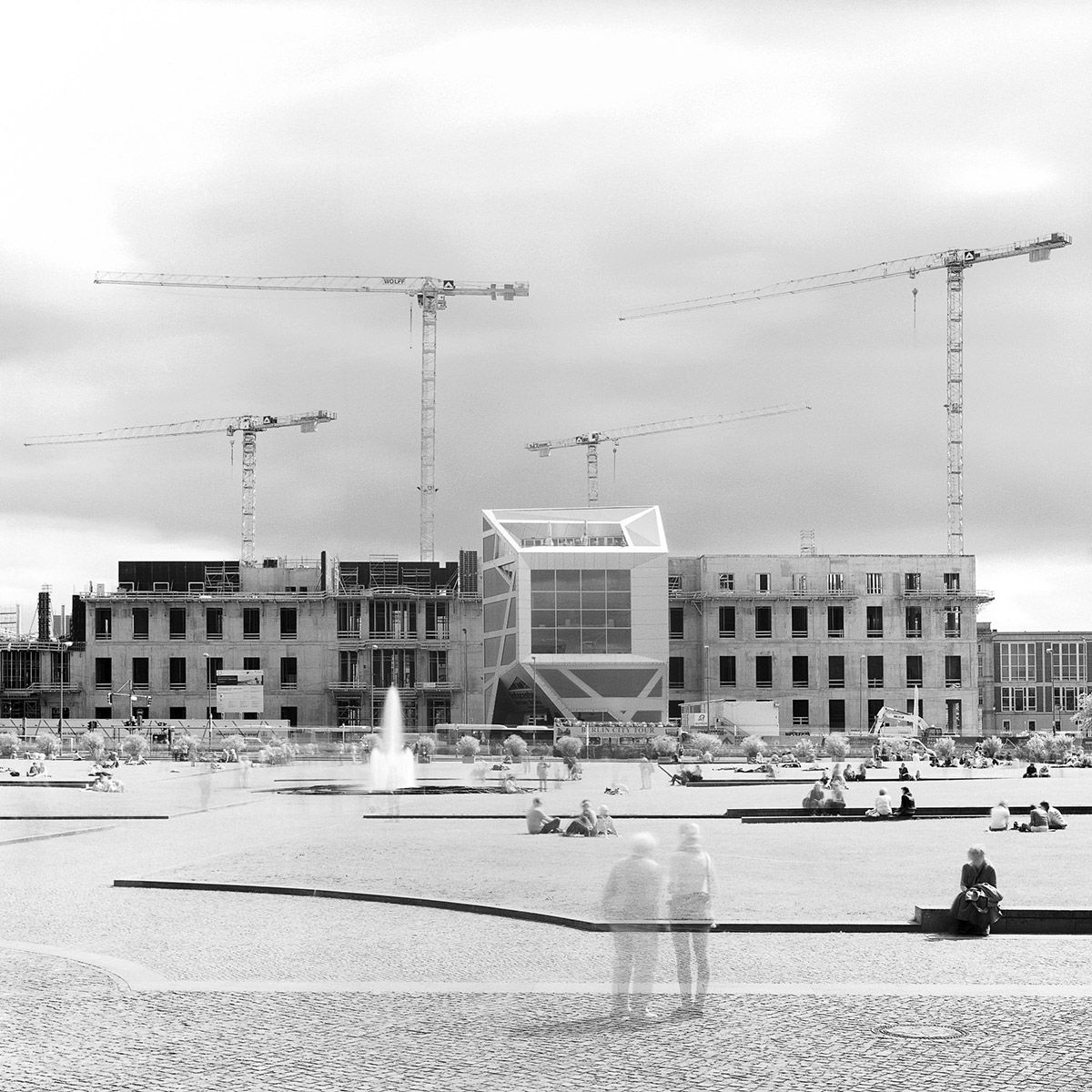
Lustgarten & Humboldt Forum, Berlin, 2014, from the series “urban minutes”
The murmur of the city surrounds me. The water of a fountain is splashing evenly, sparrows are chirping in the corners of the hedges, a dog is barking, a child is crying. Numerous people are swarming about. The conversations of those approaching and those passing by overlap – here a snippet of conversation in one language, there a half-sentence in another. This is typical urban scenery. But did you notice that I described sound instead of visuals? Why? Because I perceive all this and consciously or unconsciously take it into account while I take a photo.
I do not just see, I recognize patterns in general and try to impose an order to the scene. I first gained the realization that photographers establish order in chaos when working on my project “urban minutes” (working title “60-second slices of present”). It was featured in issue #76 of F-Stop Magazine. This project was sort of a tool for me which I always applied when exploring cities and places around the world. It made me understand urban space as an intermediary. Not the buildings, but the space in between is what defines a city. Then I interrupted working on “urban minutes” for a number of years while being busy doing other projects on urban space, the development of my home town Berlin and the process of building in general.
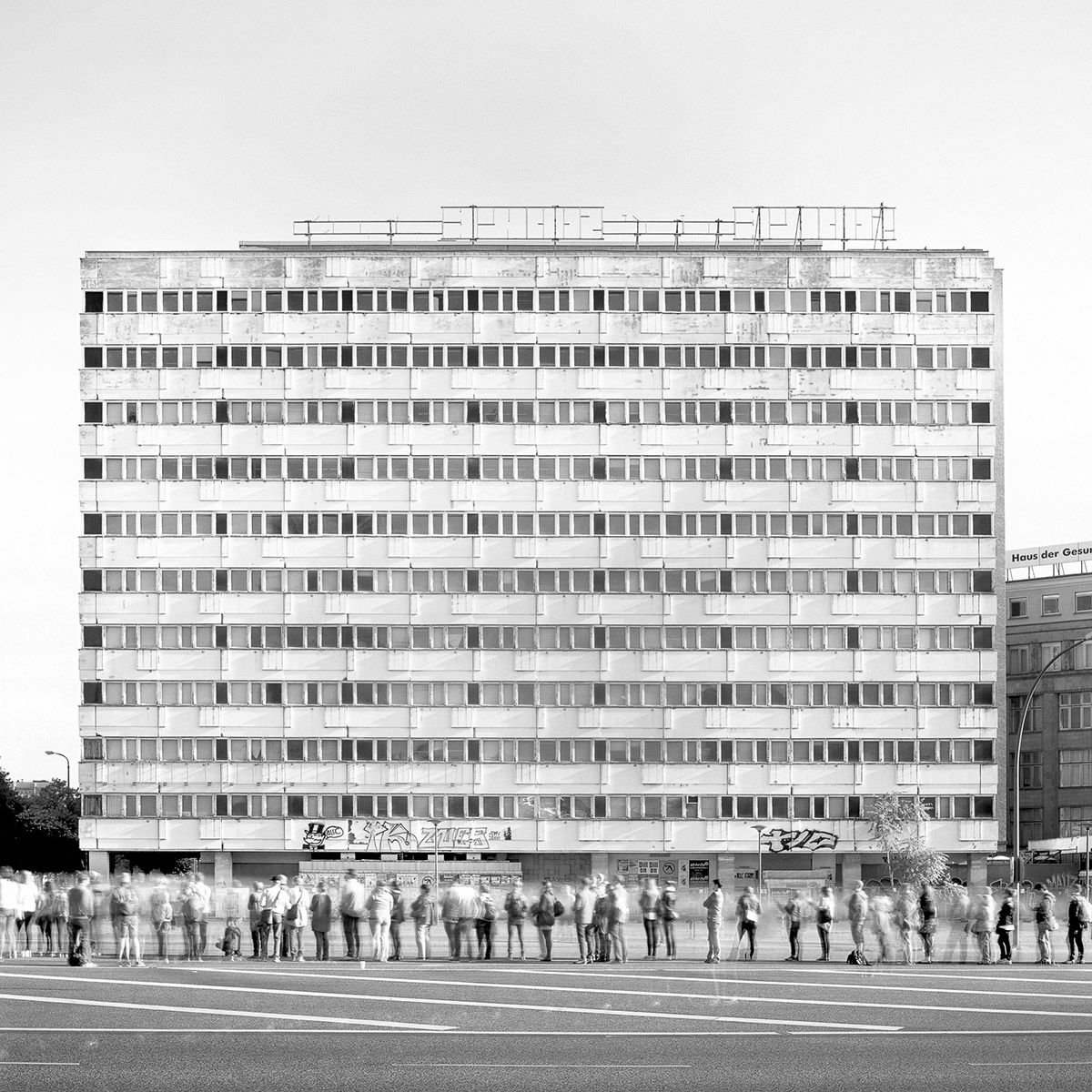
Karl-Marx-Allee, Berlin, 2014, from the series “urban minutes”
One project I literally named “order”. Being perhaps the least documentary of my works, here, I assembled building fronts of federal German ministries and institutions. I came to the conclusion that human action strives to counteract natural entropy and create order. Establishing order demands effort, power and energy as well as coordinating many players. Order might as well be considered an expression of power – power over nature and power over others.

Auswärtiges Amt // Ministry of Foreign Affairs, 2015, from the series “order”
Then, parallel to ever-increasing work for clients across the building industry, I started to focus on my surroundings. Being a Berliner by birth I decided to dedicate a whole series to the ever changing face of my hometown. “Berlin bald fertig (Berlin soon to be finished)” is a series on Berlin construction sites from the 2010s and early 2020s. With a wink this series gives evidence on a number of significant transformations the cityscape has been going through in these years.
Werderscher Markt/Schinkelplatz, 2019, from the series “Berlin bald fertig”
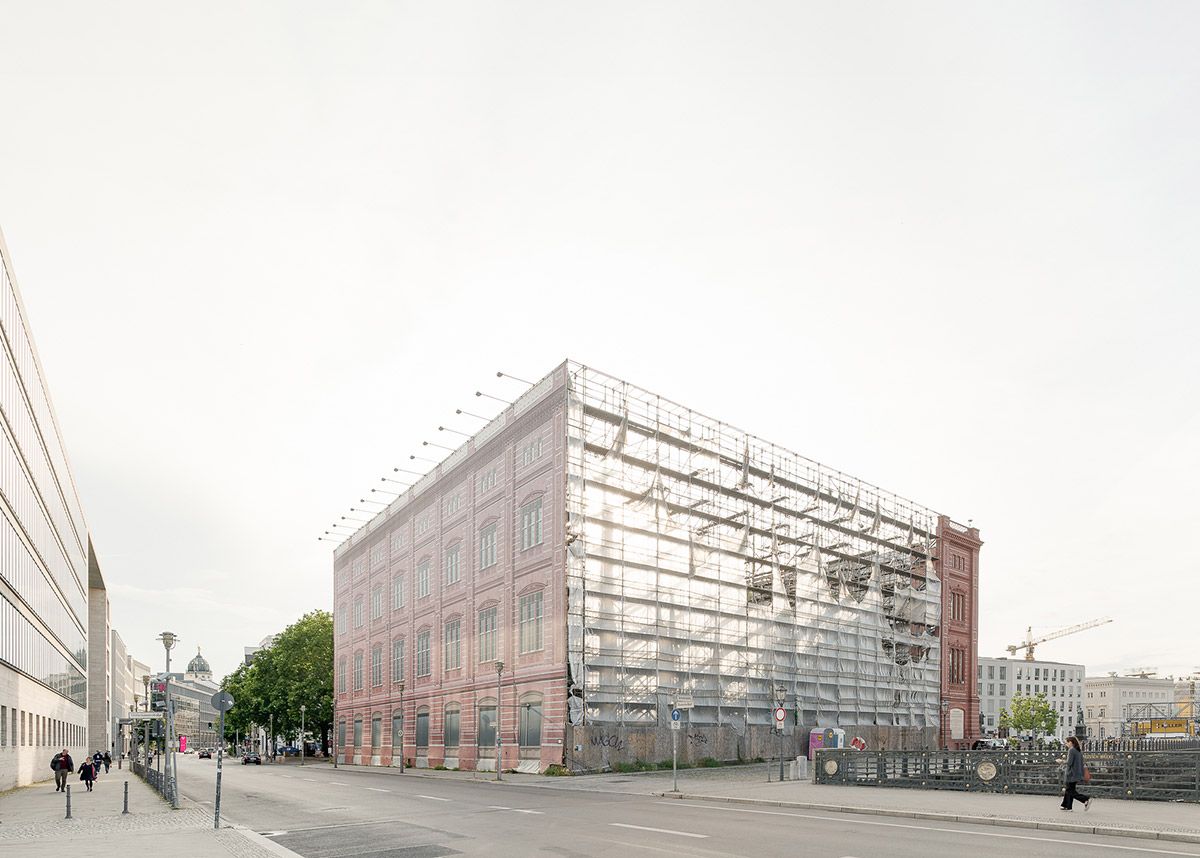
Werderscher Markt/Schinkelplatz, 2019, from the series “Berlin bald fertig”
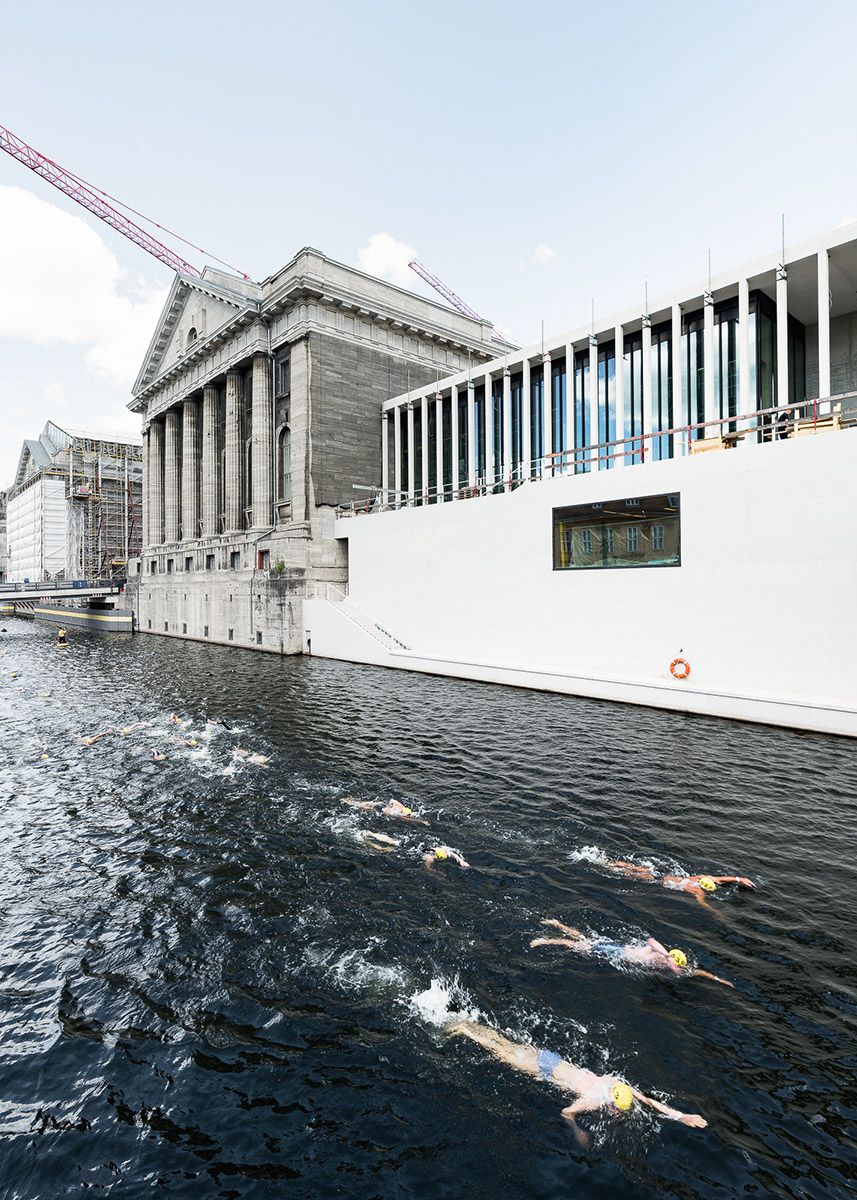
Am Kupfergraben, 2018, from the series “Berlin bald fertig”
And last but not least, I had to find an expression for my fascination with construction sites. Within the last three years I did a number of documentary jobs on buildings in the making. In their early stages, construction sites are raw places. There is digging, pumping, shaking, drilling. A delicate blend of skill and force, dexterity and machine power lays the groundwork for finer trades. Then cladding, filling, plastering and painting take place. The complexity that dominates the construction process looks like a huge mess, but behind it lies an overlap of many different cycles and systems of order. Each trade works with its own logic and yet is part of a larger whole. I named this series “Geordnetes Chaos (Well-arranged chaos)”.
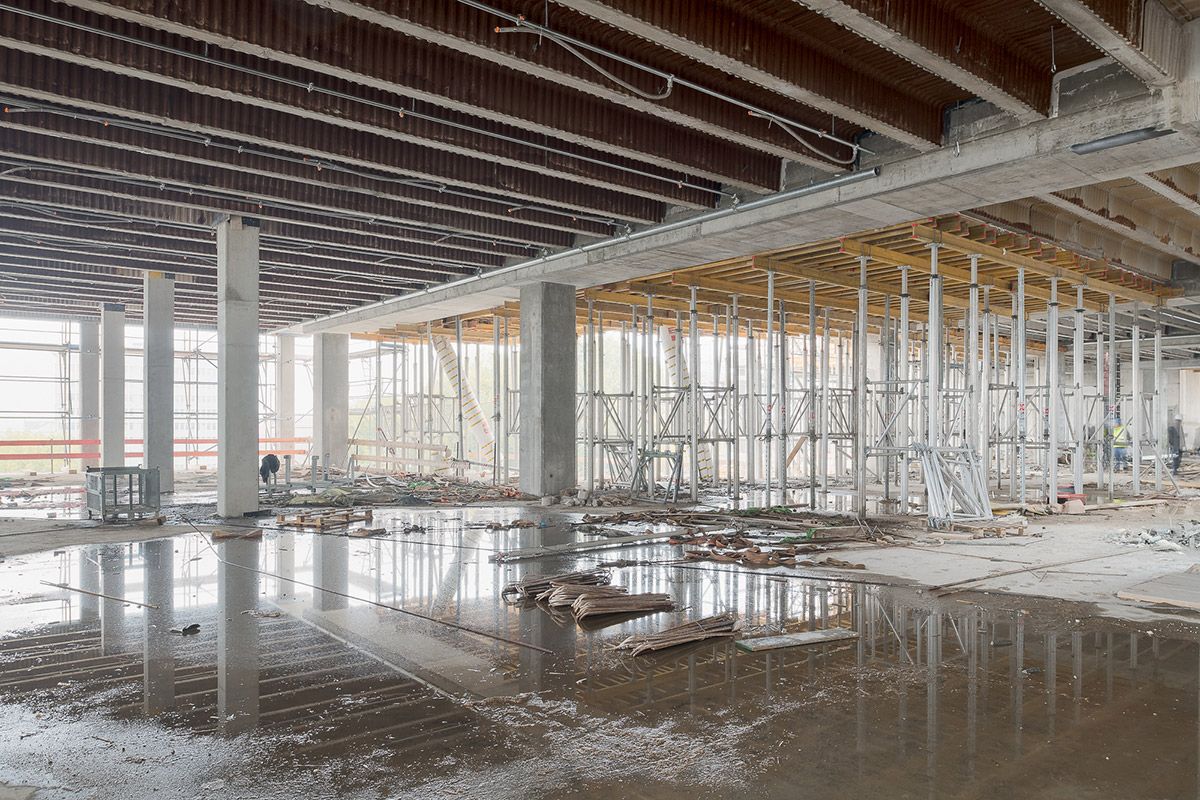
CH#11/UP, 2019, from the series “Geordnetes Chaos”

CH#01/MM, 2022, from the series “Geordnetes Chaos”
Over time I came to see what I do as a sort of architectural photography. Not quite in the classical sense, but rather of documentary character. I do not dramatize, neither negatively nor positively, I just document. Not much concerned with beauty or ugliness, I am rather in the habit of analytically yet humorously taking a closer look at the complex world of building. If I had to summarize my work in general now, I would say it is about places, spaces and buildings.
Thanks for reading.

Cube, Berlin, 2021
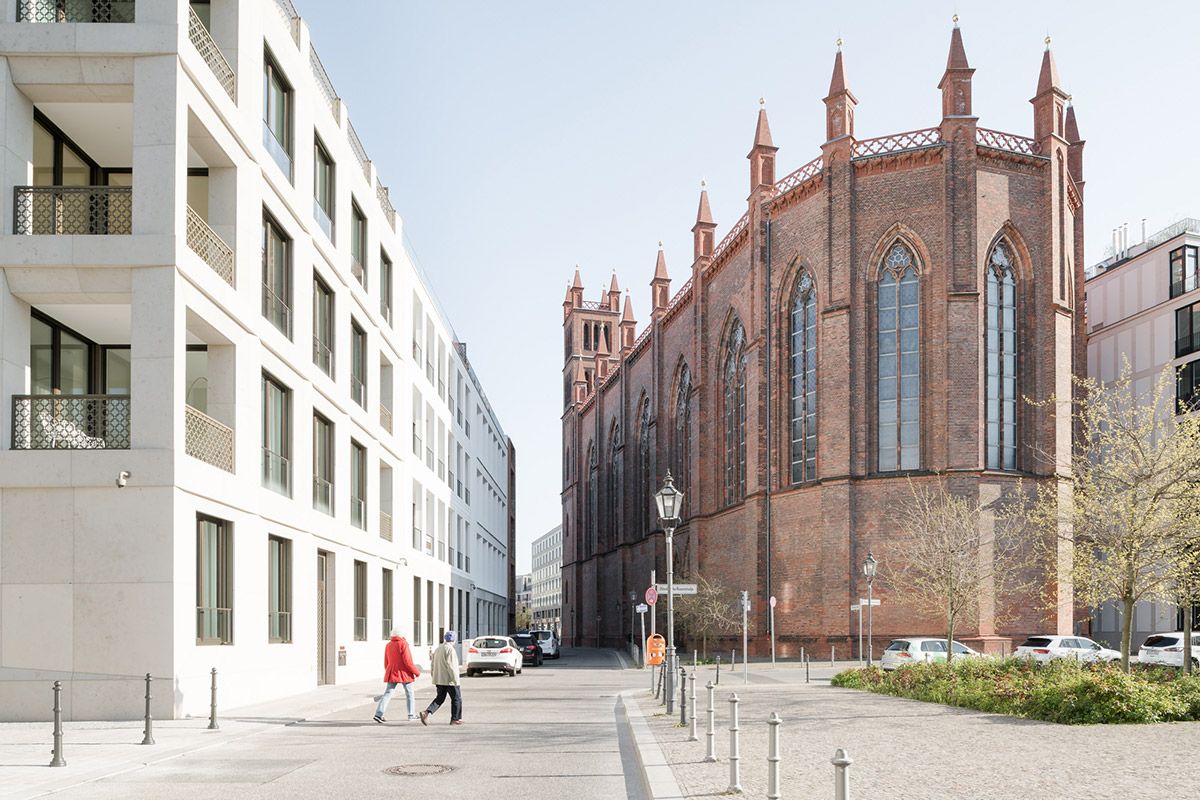
Schinkelplatz, Berlin, 2020
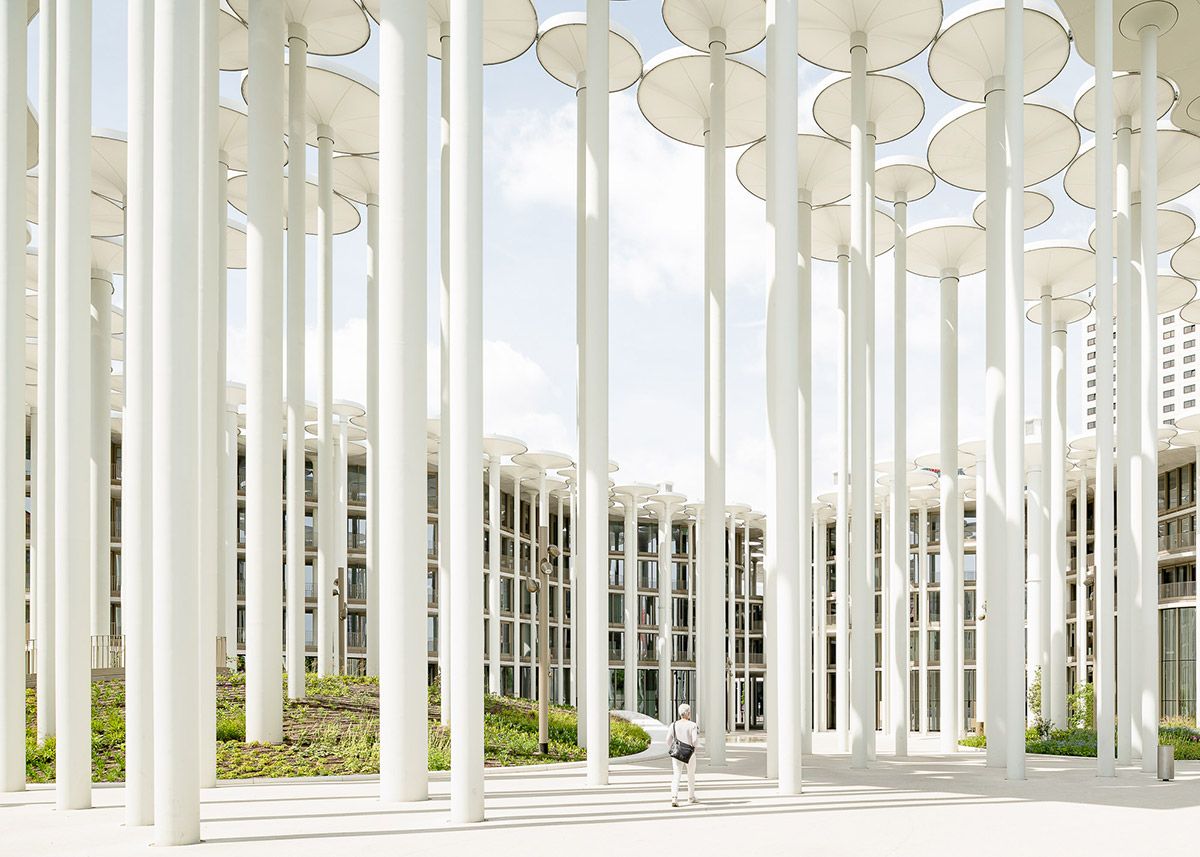
Sächsische Aufbaubank, Leipzig, 2022
Events by Location
Post Categories
Tags
- Abstract
- Alternative process
- Architecture
- Artist Talk
- artistic residency
- Biennial
- Black and White
- Book Fair
- Car culture
- Charity
- Childhood
- Children
- Cities
- Collaboration
- Community
- Cyanotype
- Documentary
- Environment
- Event
- Exhibition
- Faith
- Family
- Fashion
- Festival
- Film Review
- Food
- Friendship
- FStop20th
- Gender
- Gun Culture
- Habitat
- Hom
- home
- journal
- Landscapes
- Lecture
- Love
- Masculinity
- Mental Health
- Migration
- Museums
- Music
- Nature
- Night
- nuclear
- p
- photographic residency
- Photomontage
- Plants
- Podcast
- Portraits
- Prairies
- Religion
- River
- Still Life
- Street Photography
- Tourism
- UFO
- Water
- Zine

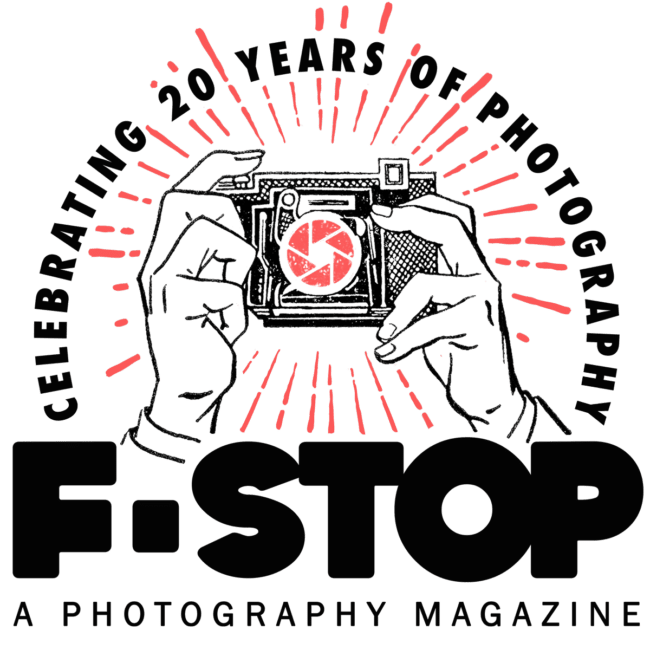
Leave a Reply